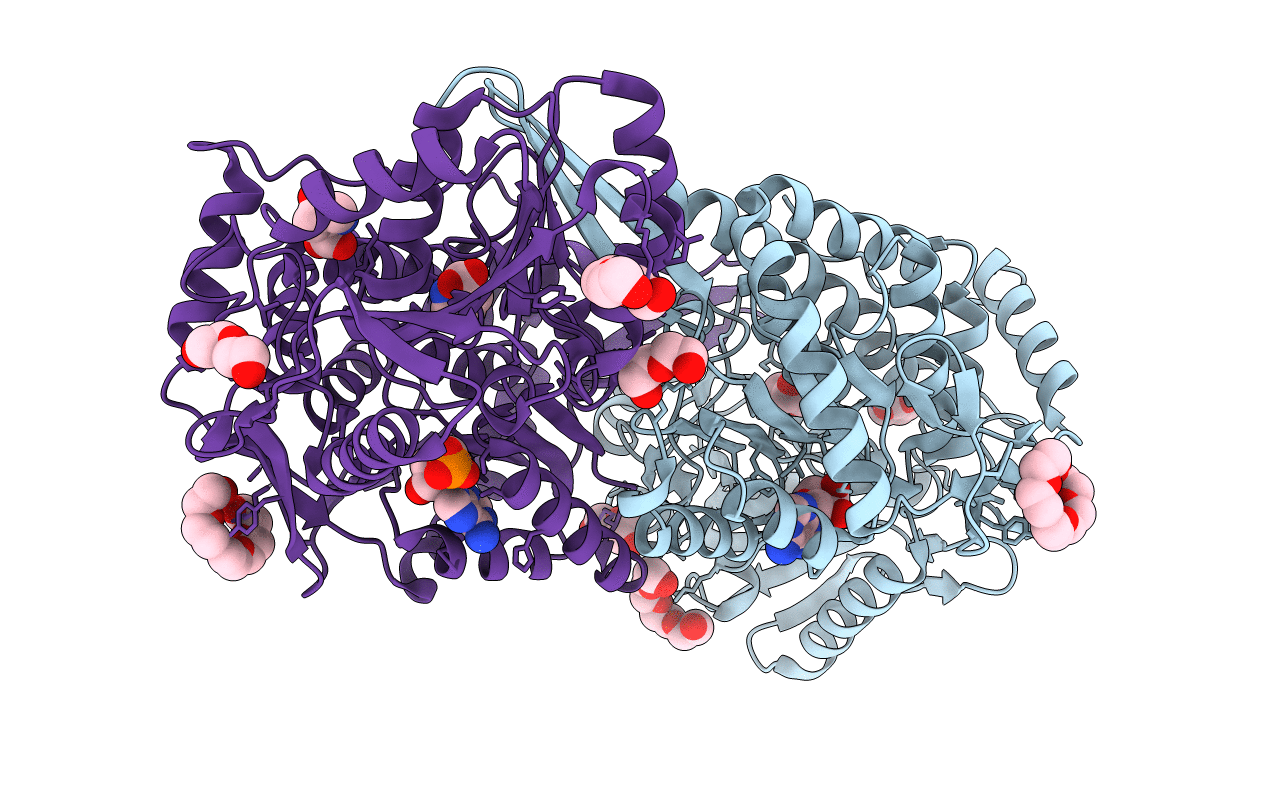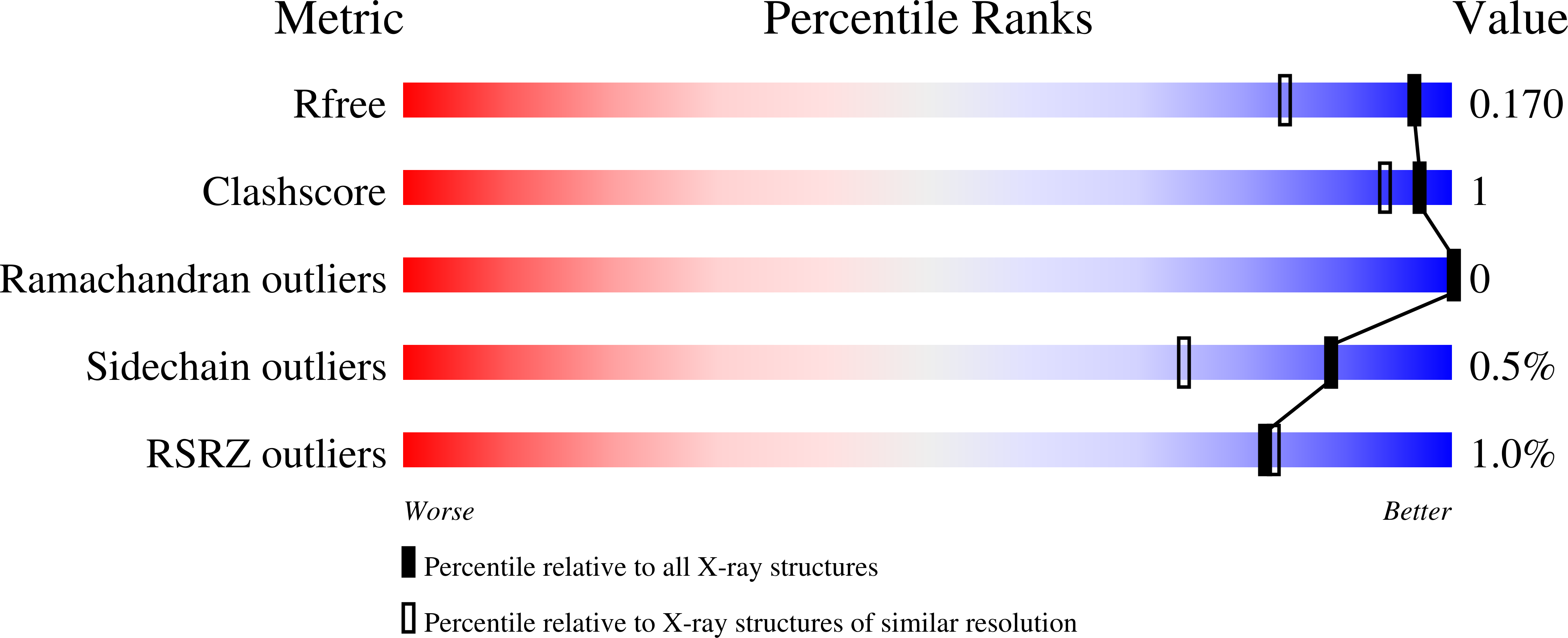
Deposition Date
2021-04-07
Release Date
2021-06-09
Last Version Date
2023-10-18
Entry Detail
PDB ID:
7MES
Keywords:
Title:
Structure of ALDH4A1 complexed with trans-4-Hydroxy-D-proline
Biological Source:
Source Organism:
Mus musculus (Taxon ID: 10090)
Host Organism:
Method Details:
Experimental Method:
Resolution:
1.37 Å
R-Value Free:
0.17
R-Value Work:
0.16
R-Value Observed:
0.16
Space Group:
P 21 21 21


